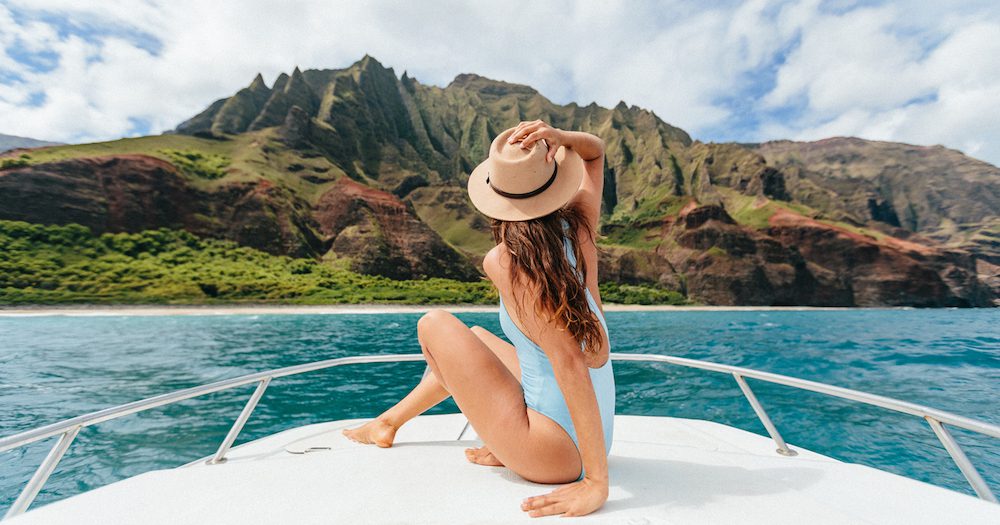There are six major islands to visit in Hawaii; Kauai, Oahu, Molokai, Lanai, Maui, and the island of Hawaii. They are all totally stunning; diverse in size, personality, and population and each has its own distinct charm, adventures, activities, and sights. So, where to first?
Dreaming of your next trip to Hawaii?
A big congrats, because you’re in the right place! Whether you want to scale epic volcanic pinnacles, uncover local culture and cuisine, surf some of the world’s biggest waves, or soak up sun rays, there’s an island perfect for exactly what you’re looking for.
Hawaii’s charms are plentiful and profound, so grab a notepad, a fresh coconut, and, with our dynamic map on hand, get ready to learn about the Aloha State’s most breathtaking experiences…
Oahu – The heart of Hawaii
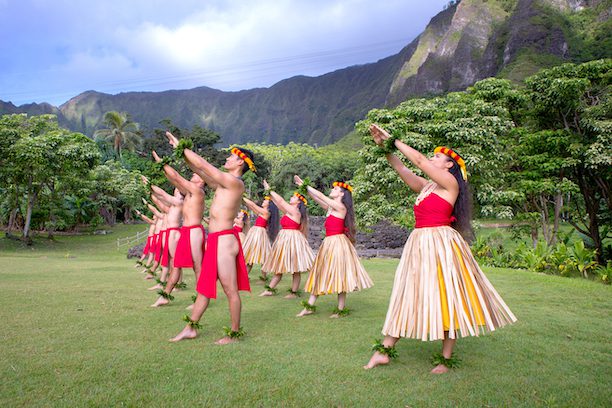
Sometimes called “The Gathering Place,” Oahu certainly lives up to its name.
The third-largest Hawaiian island is home to the majority of Hawaii’s diverse population, a fusion of East and West cultures rooted in the values and traditions of the Native Hawaiian people.
It’s this fundamental contrast between the ancient and the modern that makes discovering Oahu — from bustling city life to laidback surf towns — so enjoyable.

Located on the south shore of Honolulu, the world-famous neighborhood of Waikiki was once a playground for Hawaiian royalty.
Along the main strip of Kalakaua Avenue, you’ll find world-class shopping, dining, entertainment, activities, and resorts.
With Mount Leahi (Diamond Head) as your backdrop, the calm waters of Waikiki are perfect for a surfing lesson. In fact, legendary Hawaiian waterman Duke Kahanamoku grew up surfing the waves of Waikiki.

When giant rollers come crashing in, head to Oʻahu’s North Shore for a glimpse of Hawaii’s surfing rock star.
If the perfect wave exists, you’ll find it on Oahu’s North Shore. The towering, glassy winter waves of this legendary surf mecca draw the best surfers in the world, while smaller and gentler summer waves are better for beginners.
And if you get hungry, try the famous Kahuku Shrimp Truck.
Maui – The Valley Isle
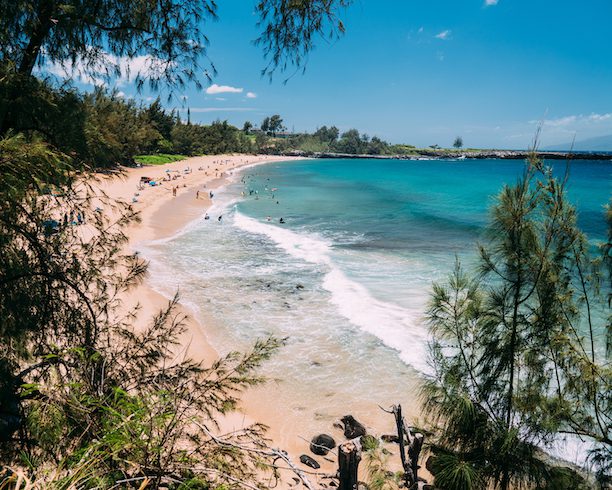
Maui, known also as “The Valley Isle,” is the second-largest Hawaiian island.
The island is beloved for its world-famous beaches, the sacred Iao Valley, views of migrating humpback whales (during winter months), farm-to-table cuisine and the magnificent sunrise and sunset from Haleakala.
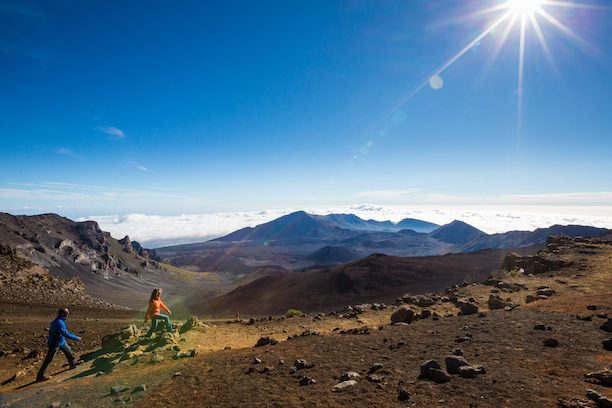
As you hike into Haleakalā National Park, the first thing you notice is the crumbly lunar landscape. Then comes the eerie quiet – the only sound is the crunching of volcanic cinders beneath your feet.
The trail continues through a tableau of stark lava, rainbow-colored cinder cones and ever-changing clouds. In the park’s coastal section, waterfalls tumble into brilliant pools flanked by trails, viewpoints and a bamboo forest.
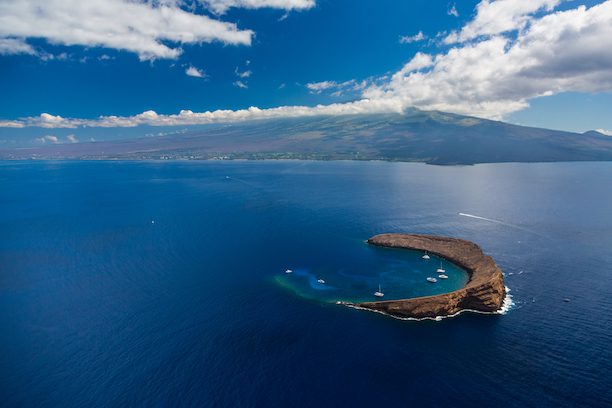
Maui is also known for having some of the best snorkelling spots in the Hawaiian Islands.
Book a boat tour and explore Molokini, a crescent-shaped partially submerged volcano crater situated 4.8 kilometres (3 miles) south of Maui, off the coast of Makena.
This protected marine sanctuary has no sandbars helping to provide crystal clear visibility for world-class snorkelling with over 250 species of tropical fish.
The only way to visit this unique island is by water; most Molokini boat tours will also stop Turtle Town, a coral reef famous for snorkelling with turtles.
Island of Hawaii – Island of inspiration

The island of Hawaii is the youngest and largest island in the Hawaiian chain. Nearly twice as big as all the other Hawaiian Islands combined (hence, its nickname, “Big Island”), its sheer size and unrivaled expression of the power of nature is awe-inspiring.
You can travel through all but four of the world’s different climate zones here, ranging from Wet Tropical to Polar Tundra, a result of the shielding effect and elevations of the massive volcanoes Maunakea and Maunaloa.
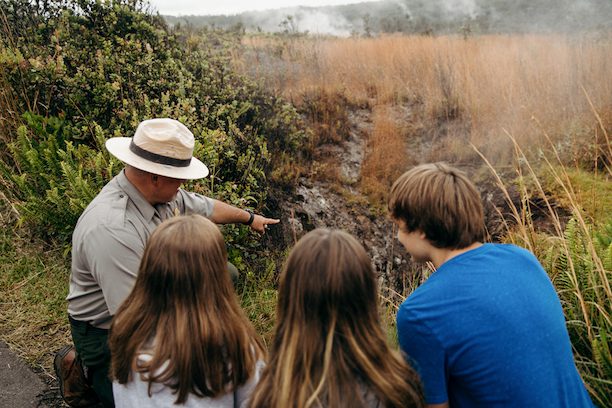
You certainly can’t miss Hawaiʻi Volcanoes National Park. Set on the sloping flanks of the world’s most active volcano – whose latest eruption ended in 2021 – this extraordinary park is a dramatic reminder that nature remains very much alive and in perpetual motion.
Incredible hiking trails take in lava flows and tubes, steam vents and wild beaches, while a long, winding downhill drive leads past several major sights.
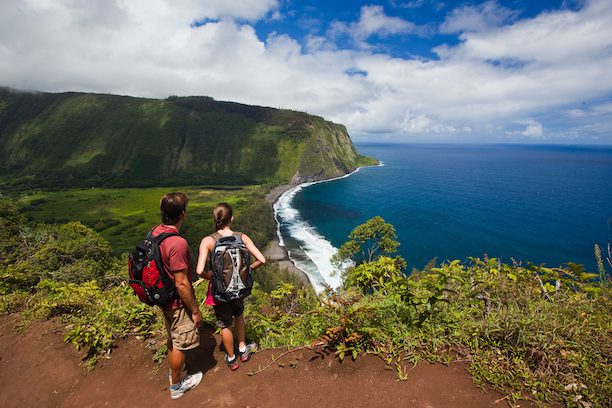
Located on the Hamakua Coast, the sacred Waipiʻo Valley was the boyhood home of King Kamehameha I, and an important center for political and religious life in Hawaii.
Not only is “The Valley of the Kings” an important site for Hawaiian history and culture, but it’s also a place of dramatic tropical beauty.
This fertile valley is about one mile across and over five miles deep and surrounded by cliffs up to 2000-feet high. Waipio Valley was once the home of thousands of Native Hawaiians.
Today, there are less than 100 residents living amongst the waterfalls, taro fields and rivers permeating the valley. The island of Hawaii’s tallest waterfall, Hiilawe Falls cascades down 1,300 feet in the back of Waipio.
You can view the valley from the coastal Waipio Valley Overlook at the end of the Hamakua Heritage Corridor drive.
Kaua‘i – The Garden Island
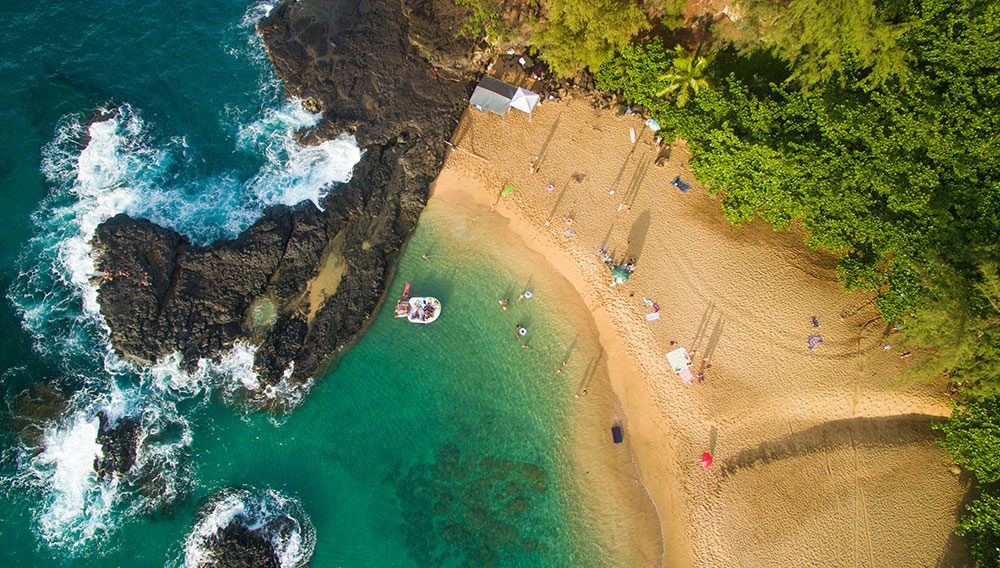
Kauai is Hawaii’s fourth-largest island and is sometimes called the “Garden Island,” which is an entirely accurate description.
The oldest and northernmost island in the Hawaiian chain is draped in emerald valleys, sharp mountain spires and jagged cliffs aged by time and the elements.
Centuries of growth have formed tropical rainforests, forking rivers and cascading waterfalls! Some parts of Kauai are only accessible by sea or air, revealing views beyond your imagination.
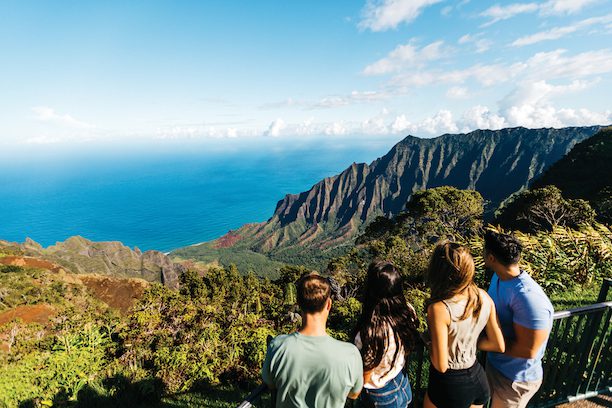
The Na Pali Coast deserves to top every Kaua‘i visitor’s to-do list.
Admire it from a cruising catamaran or pit your paddle and kayak against the elements. Hikers can see it close-up on the demanding 11-mile Kalalau Trail.
Whether you’re on a day hike or a backpacking expedition, you’ll encounter a place like no other, where verdant cliffs soar above the waterfalls of wilderness valleys.
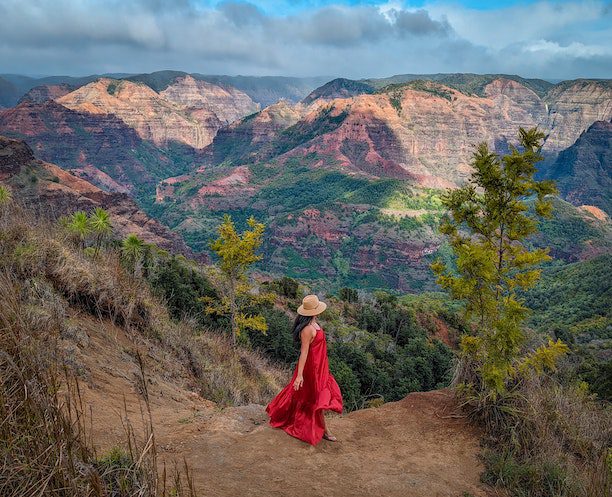
Waimea Canyon, also known as the Grand Canyon of the Pacific, is one of the most famous and majestic Kauai attractions and definitely one of the best things to do in Hawaii.
This canyon is approximately ten miles (16 km) long and up to 3,000 feet (900 m) deep, with several viewpoints where you can take in unsurpassed views.
You can choose to drive yourself to most viewpoints or experience it on a tour.
Molokai – Hawaii by nature
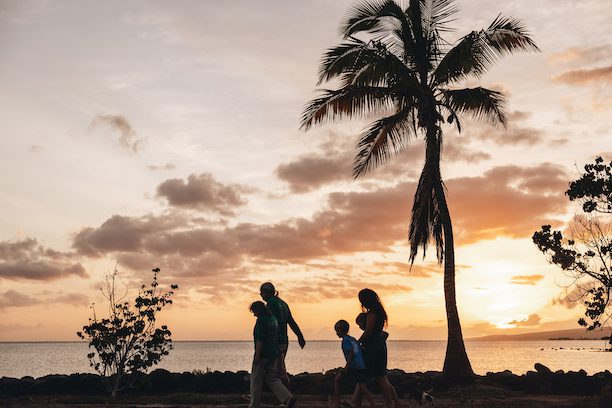
Hawaii’s fifth-largest island, Molokai is only 38 miles long and 10 miles across at its widest point and is home to the highest sea cliffs in the world and the longest continuous fringing reef.
Molokai remains true to its island roots, with a high percentage of its population being of Native Hawaiian ancestry who continue to preserve their rural lifestyle thanks to their love of the land.
Whether you’re led by a guide along the cliffs leading to Kalaupapa National Historical Park or discovering Papohaku Beach, one of Hawaii’s largest white-sand beaches, Molokai is truly an island of outdoor adventure where Hawaii’s past comes alive!
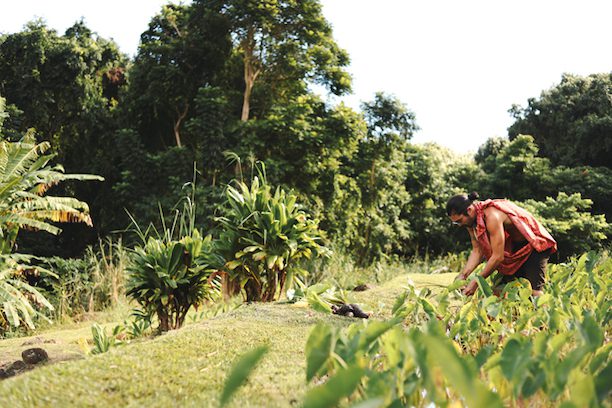
More than half of Moloka‘i’s people have Indigenous heritage, and locals favour the preservation of land and culture over schemes promoting tourism. Yet visitors find a genuine welcome, and the aloha spirit is everywhere.
As well as the forbidding, spectacular Kalaupapa Peninsula, island sights include the end-of-the-road Halawa Valley, home to hundreds of sacred taro patches, ancient temples and waterfalls pounding into swimmable pools.
Lanai – Hawaii’s most enticing island

The smallest inhabited island travelers may visit in Hawaii, Lanai offers big enticements to its visitors. Only nine miles from Maui yet a world away, Lanai can feel like two places.
The first is found in luxurious resorts where visitors can indulge in world-class amenities and championship-level golf.
The other is found bouncing along the island’s rugged back roads in a 4-wheel-drive vehicle to explore off-the-beaten-path treasures.
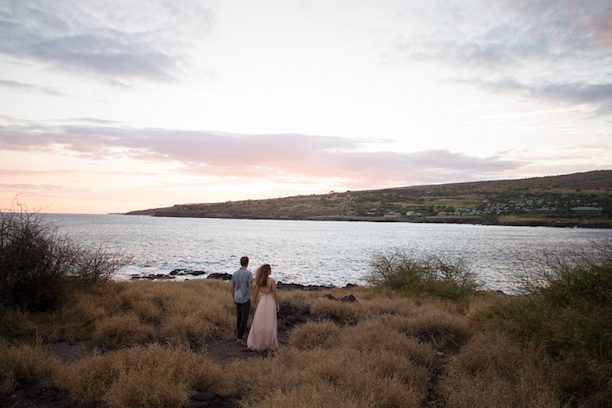
Hulopoe Bay is one of the most beautiful beaches in the world, if you’re looking for a fun and/or romantic getaway while on Lanai.
Located on Lanai’s southern coast, Hulopoe Bay greets you with a stunning expanse of pearl-white sand and crystal blue waters.
Most of the year, this protected bay fronting the luxurious Four Seasons Resort Lanai is the best spot on the island for snorkelling and swimming.
One of the highlights of Hulopoe Bay is its large tide pools located at the eastern side of the bay. Carved out of volcanic rock, these tide pools are well protected, keeping thewaters calm for exploring.
Be sure to take a 15- to 20-minute hike along the cliffs just southeast of the tide pools to view the Lanai landmark Puu Pehe.
Legend says a heartbroken warrior jumped from this 80-foot summit, rising from the sea, overcome with grief after his wife’s passing. But it’s not doom and gloom, we promise!
Hawaii is calling. When will you answer?
Click here to find out more.
Content inspired by Best places to visit in Hawaii – Lonely Planet

